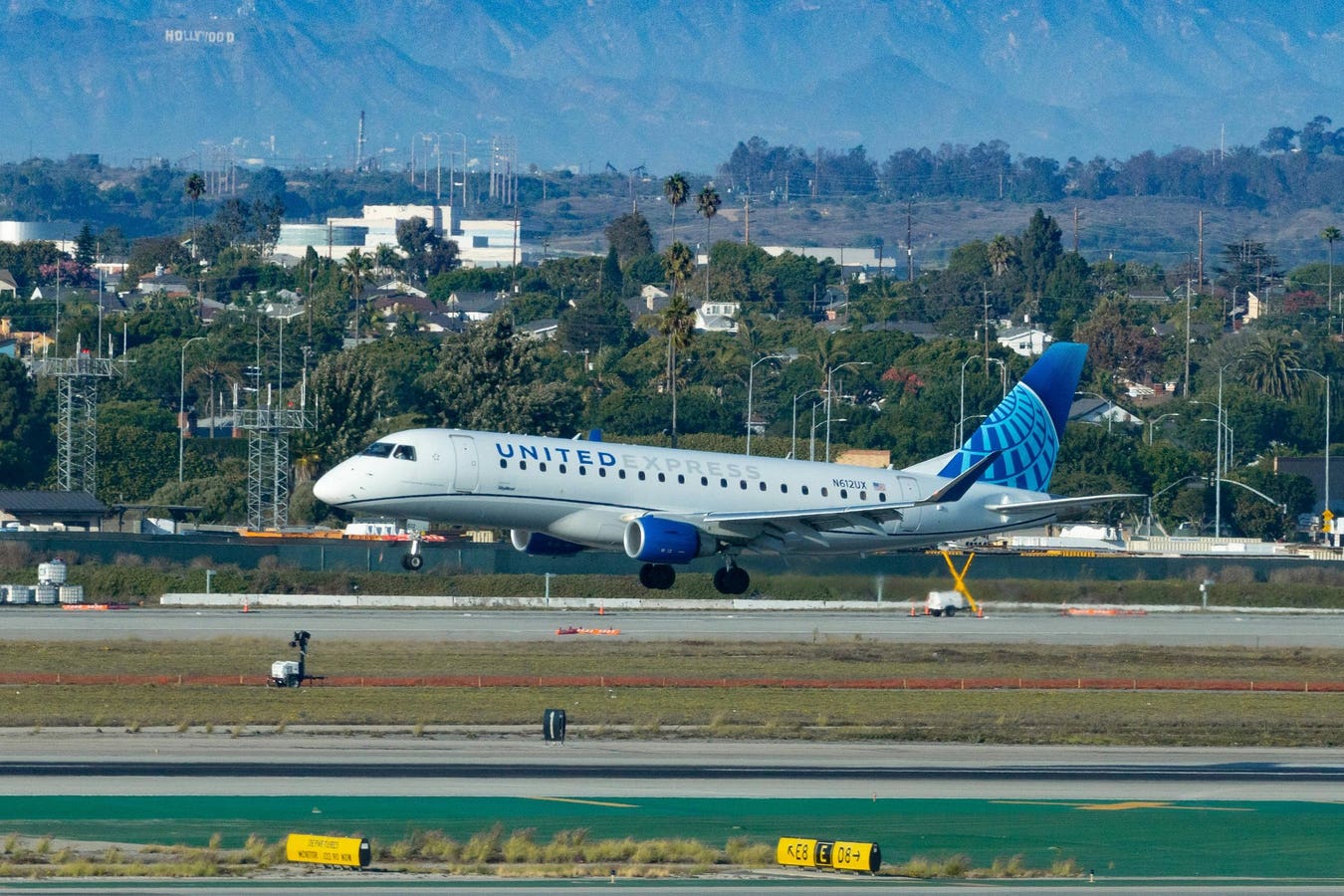United Airlines stock (NASDAQ
NDAQ
UAL stock has faced a notable decline of 20% from levels of $45 in early January 2021 to around $35 now, vs. an increase of about 15% for the S&P 500 over this roughly 3-year period. However, the decrease in UAL stock has been far from consistent. Returns for the stock were 1% in 2021, -14% in 2022, and -7% in 2023. In comparison, returns for the S&P 500 have been 27% in 2021, -19% in 2022, and 10% in 2023 – indicating that UAL underperformed the S&P in 2021 and 2023.
In fact, consistently beating the S&P 500 – in good times and bad – has been difficult over recent years for individual stocks; for heavyweights in the industrial sector, including UPS, UNP, and CAT, and even for the mega-cap stars GOOG, TSLA, and MSFT.
In contrast, the Trefis High Quality Portfolio, with a collection of 30 stocks, has outperformed the S&P 500 each year over the same period. Why is that? As a group, HQ Portfolio stocks provided better returns with less risk versus the benchmark index, less of a roller-coaster ride, as evident in HQ Portfolio performance metrics.
Given the current uncertain macroeconomic environment with high oil prices and elevated interest rates, could UAL face a similar situation as it did in 2021 and 2023 and underperform the S&P over the next 12 months – or will it see a recovery? From a valuation perspective, UAL stock looks attractive and will likely see higher levels over time. We estimate United Airlines’ Valuation to be $51 per share, reflecting over 45% upside from its current levels of $35. Our forecast is based on a 5x P/E multiple for UAL and expected earnings of $9.75 on a per-share and adjusted basis for the full year 2023. The company lowered its earnings outlook to now be in the range of $9.55 and $9.85 (vs. the $11.00 and $12.00 range earlier). This can be attributed to rising fuel prices and disruption in air travel to Tel Aviv amid the ongoing Israel-Hamas war.
United Airlines’ revenue of $14.5 billion in Q3 was up 12.5% y-o-y. The company reported a 16% rise in available seat miles, while the load factor was down 90 bps, and passenger revenue per available seat mile also declined 1%. The company saw its adjusted pre-tax margin rise to 10.8% from 8.9% in the prior year quarter. Rising fuel prices will likely weigh on the company’s bottom line in the near term. Higher revenues and margin expansion led to a 30% y-o-y rise in the bottom line to $3.65 on a per-share and adjusted basis in Q3’23.
UAL stock looks attractive at $35, trading at just 0.2x sales, compared to the last five-year average of 0.6x We believe investors will likely be better off picking UAL after its recent fall for robust gains in the long run. However, rising fuel prices and falling yields remain key risk factors in realizing these gains.
While United Airlines stock can see higher levels, check out how other United Airlines Peers fare on metrics that matter. You will find other valuable comparisons for companies across industries at Peer Comparisons.
Invest with Trefis Market Beating Portfolios
See all Trefis Price Estimates
Read the full article here












Leave a Reply